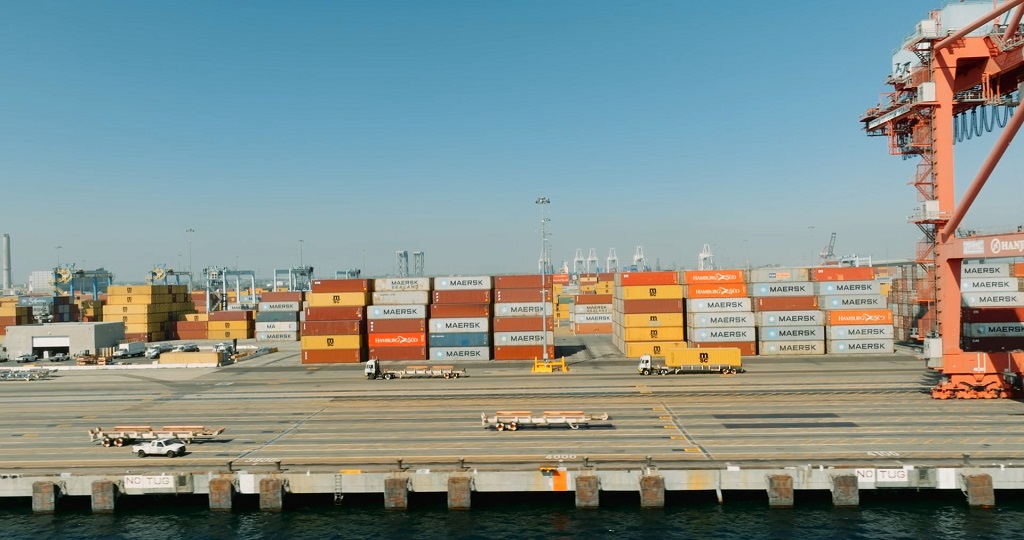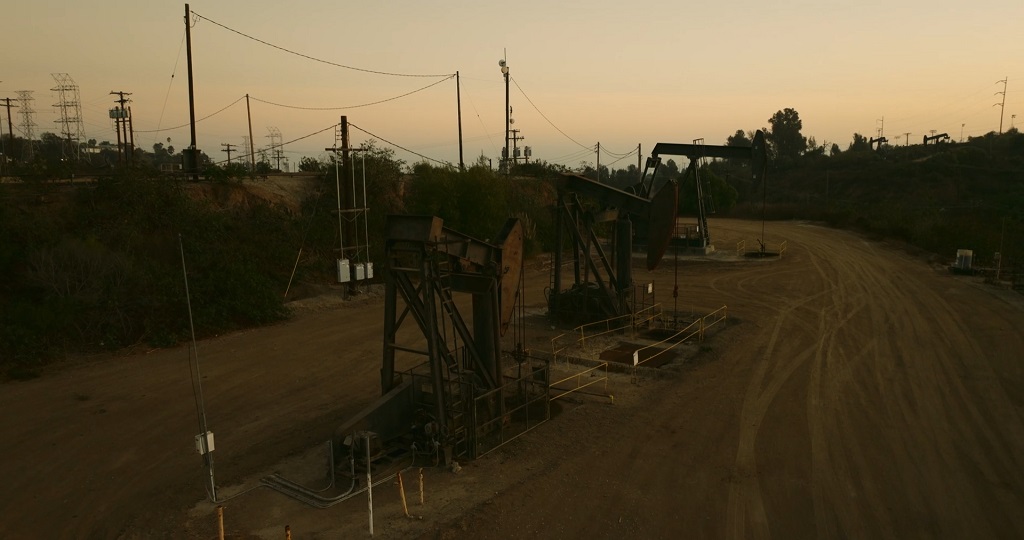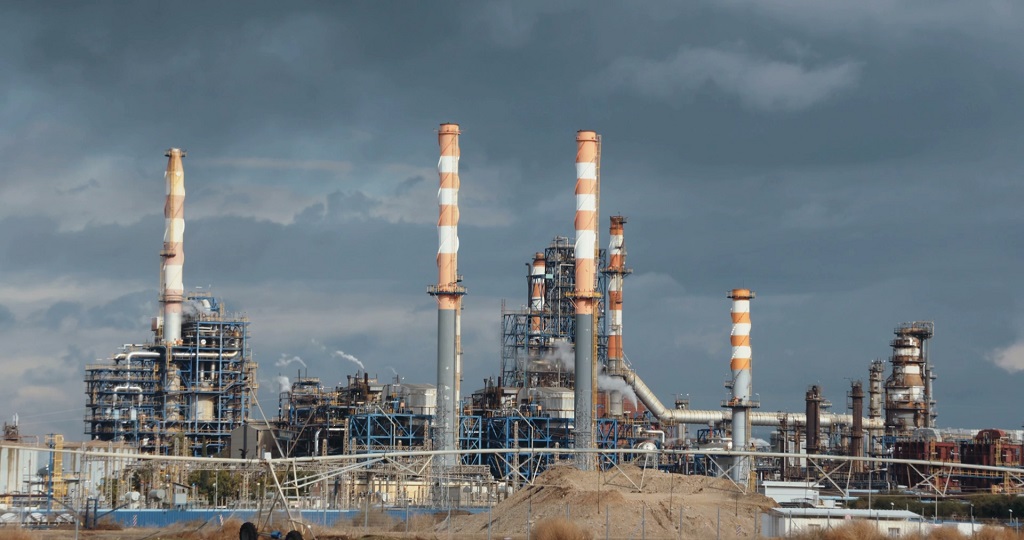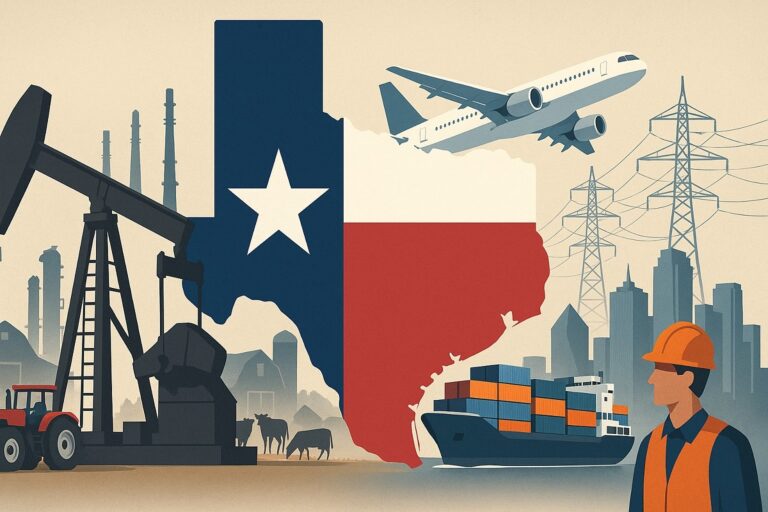Texas stands as the second-largest state economy in the United States, with a gross domestic product surpassing $2.7 trillion in 2024 and a labor force of more than 15 million people.
The state’s reach extends well beyond its borders through energy production, advanced manufacturing, and international trade. While certain sectors expand rapidly, others provide stability by supplying consistent employment and income.
From globally influential oil fields to fast-growing corporate service hubs, the following industries form the foundation of Texas’ economic strength.
Table of Contents
Toggle1. Trade, Transportation, and Utilities

The trade, transportation, and utilities “supersector” accounts for roughly one-fifth of all nonfarm employment in Texas, according to the Bureau of Labor Statistics. It brings together wholesale merchants, retail stores, freight carriers, and utility providers into a single employment giant.
This network keeps goods, fuel, and essential services flowing across the state and far into national and international markets, with distribution hubs in Dallas–Fort Worth and Houston playing pivotal roles.
Not every area of commerce feeds into economic growth, however. Industries restricted by state law, such as online casinos, remain absent from Texas’ GDP drivers.
For a look at how Texans navigate these restrictions, see poker websites for Texas residents, which shows offshore platforms operating legally outside state regulation.
2. Energy and Petroleum

Few industries define Texas more clearly than energy. Oil and natural gas production dominate, alongside a growing commitment to renewables such as wind power. The energy sector’s GDP contribution comes largely from mining, quarrying, and oil and gas extraction, which reached over $190 billion in recent BEA reports.
Beyond extraction, processing, and refining link this sector to many others.
According to the Texas State Profile and Energy Estimate, in 2023, Texas produced 43 percent of U.S. crude oil and 27 percent of natural gas gross withdrawals.
The state operated 34 refineries that could process nearly 6.3 million barrels per day, which is about one-third of national capacity, and led wind-powered electricity generation with 28 percent of the U.S. total in the respective year.
This output fuels petrochemical manufacturing, supports high-volume shipping, and underpins the state’s export dominance.
3. Professional and Business Services
Professional and business services deliver a large share of value-added activity in Texas, employing more than 1.9 million people. The sector ranges from legal and accounting firms to engineering consultancies and IT service providers.
It benefits from a steady influx of corporate relocations, as companies seek Texas’ lower operating costs and favorable tax structure.
Relocations from California, New York, and other high-cost states have expanded demand for specialized business support, from architectural design to systems integration.
The clustering of talent and expertise in metro areas like Austin and Dallas–Fort Worth strengthens Texas’ ability to attract headquarters operations, which in turn drives leasing, staffing, and technology procurement.
4. Manufacturing

Manufacturing in Texas encompasses petrochemicals, electronics, aerospace components, food processing, and industrial machinery. The sector’s diversity helps offset fluctuations in any one product category. Cities like Houston lead in petrochemical output, while Austin is known for semiconductor fabrication.
Texas’ manufacturing strength is reinforced by its position as a leader in trade, with exports exceeding $444.6 billion in 2023 and accounting for nearly 22 percent of all U.S. exports.
This large share is driven by petrochemicals, electronics, and machinery. Investments in new plants and technology upgrades signal confidence that this sector will remain competitive globally, with export partners including Mexico, Canada, and multiple Pacific Rim nations.
5. Financial Activities

Texas has become a stronghold for banking, insurance, and investment management, with the Dallas–Fort Worth metroplex and Houston serving as primary hubs.
Financial services contribute around 6 percent of the state’s GDP, providing high-value jobs and capital access to both consumers and businesses.
According to Dallas Fed Economic Indicators for Texas, employment climbed 4.6 percent in April 2025 – adding 54,000 jobs – with professional and business services among the few sectors showing double-digit gains, while average hourly earnings rose 4.9 percent.
A growing population and steady inflow of corporate headquarters create strong demand for real estate financing, commercial lending, and wealth management services, all of which feed back into the state’s broader economic expansion.
6. Construction

Population growth of more than 1,000 residents per day fuels the construction industry, which employs around 875.000 Texans. Residential developments spread outward from major metro areas, while high-rise projects reshape downtown skylines. Infrastructure work, from highways to public transit, adds further capacity for economic activity.
Commercial construction thrives alongside new corporate campuses and logistics centers, particularly near key interstate corridors. Multifamily housing starts remain elevated, meeting the needs of a workforce drawn by job opportunities in technology, energy, and finance.
Together, these projects illustrate how construction not only reflects current demand but also builds the framework for future growth.
7. Leisure and Hospitality

Leisure and hospitality employ more than 1.4 million Texans, making it one of the state’s most people-intensive industries.
Restaurants, hotels, and entertainment venues anchor this sector, which benefits from both in-state tourism and a steady flow of business travelers. Sporting events, concerts, and cultural festivals keep visitor spending consistent year-round.
Conventions in Houston, Austin’s live music calendar, and major sports championships contribute to hotel occupancy and restaurant revenues, while heritage tourism draws visitors to smaller cities and towns.
The industry’s reach extends into transportation, retail, and even manufacturing through the supply of goods and services that keep Texas a destination for travelers from across the country.
8. Education and Health Services
Texas’ education and health services sector provides long-term stability rather than rapid surges in output. Hospitals, research institutions, universities, and school systems employ about 1.97 million people statewide, according to the Texas Workforce Commission.
Major medical centers in Houston and Dallas rank among the largest in the country, with the Texas Medical Center alone employing more than 73,000 people and serving as the world’s largest concentration of research and healthcare institutions.
Growth in this sector comes steadily from population increases and an aging demographic. Health care providers expand home health and outpatient services to meet demand, while universities in Austin, College Station, and other cities invest in research programs that attract federal grants and private funding.
This steady employment base supports local economies year-round, offering resilience during downturns that affect more cyclical industries such as manufacturing or construction.















